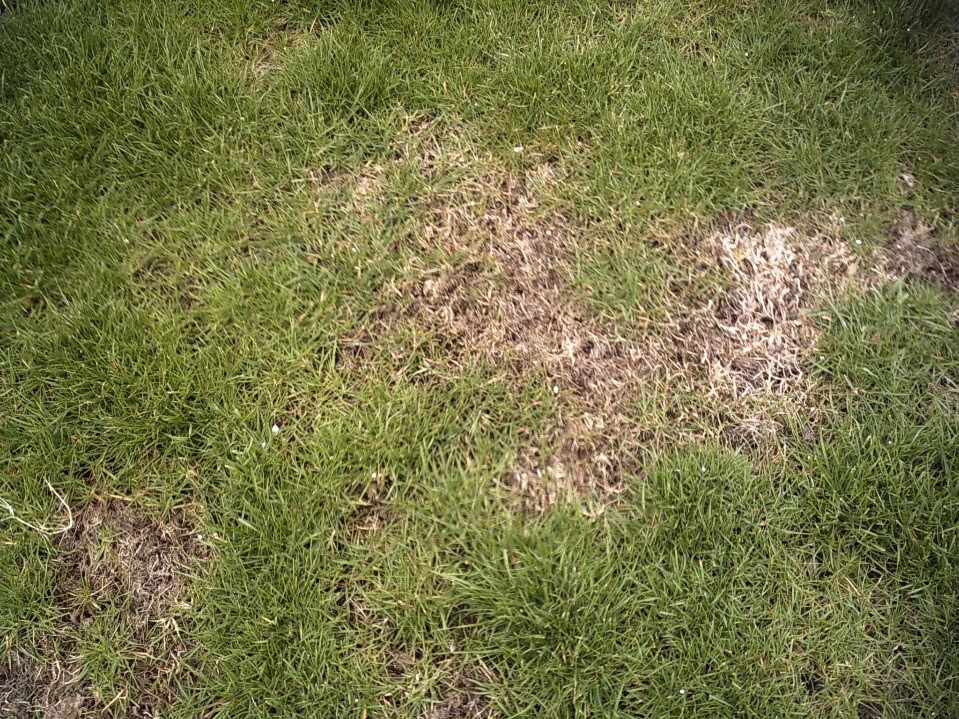Home /
Learn /
Blogs /
Snow Mold: What It Is and How to Treat It
Snow Mold: What It Is and How to Treat It

It is early spring and the snow is beginning to melt, often bringing outbreaks of Snow Mold on many lawns. Although it is not a serious disease, snow mold can leave large destroyed areas on a lawn that will take a lot longer to turn green as the weather continues to warm up.
What Is Snow Mold?
There are two basic types of Snow Mold – Grey and Pink – named after the color that the mycelium, or fungal growths, turn as they are exposed to sunlight. Despite its name, Snow Mold can develop without snow cover. Activity is greater when temperatures are between 32 and 45 degrees with cloudy, cool, and wet weather… or in other words—spring. Both diseases can occur at the same time in the same lawn if the conditions are right.
On warm season grasses, Pink Snow Mold is called by a much more ominous-sounding name, Microdochium Patch. It is the name given to Pink Snow Mold that occurs on warm-season grasses like Bermudagrass. It is basically the same disease and they both develop pinkish mycelium. The process of developing this mycelium is often referred to as “flocking.”

What Is the Best Snow Mold Treatment?
Usually by the time you get out to see if you have Pink Snow Mold, the pink color has faded away. What you will see are small, 6- to 12-inch patches of turf that appears to be glued or matted together. If there are just a few patches, the best snow mold treatment is simply running your fingers across the area to break up the matted turf. If the area is larger, you may have to likely rake the area to break up the matted turf.
Is Treatment the Same for Grey Snow Mold?
Grey Snow Mold more closely matches its name. This disease will create mats of dense mycelium, which resembles thick cobwebs spread across the turf. Many times, once the sun comes out, the mycelium will dry up and disappear. As with Pink Snow Mold, the turf may mat down, requiring some light raking.
If you are not sure what type of Snow Mold may be in your lawn, or if you even have it, contact your local Spring-Green office to have them come out to check your lawn. They can provide you with an accurate diagnosis and provide you with additional treatment options.